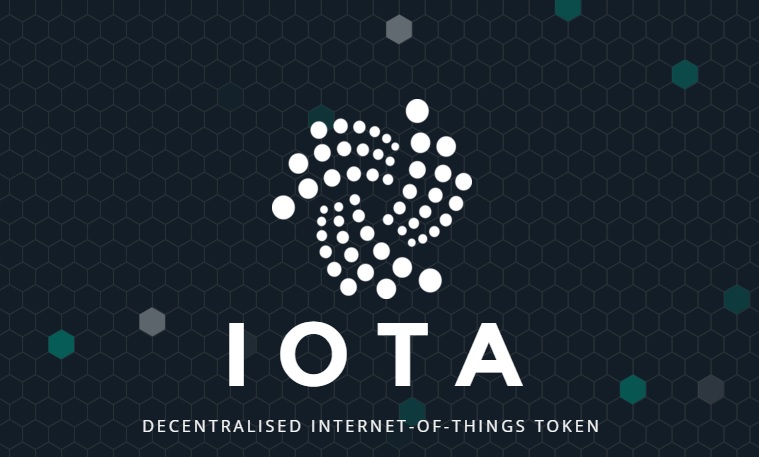IOTA: The crypto without blockchain as an alternative to bitcoin

What is IOTA ?
IOTA is a rather singular and little-known crypto that is currently found in the very lively virtual currency market. It is based on a technology that is completely different from that used by other cryptocurrencies, which does not make it any less promising. Thanks to IOTA, it is possible to transfer virtual money or other data instantly and free of charge thanks to the connected objects.
Since the beginning of this year, there has been an unprecedented resurgence of interest in virtual currencies in general. The lightning changes in the prices of crypto on the marketplaces and the attitude of governments towards these cryptocurrencies have been fuelling many debates on the web for several months now.
When reference is made to cryptocurrencies, the most emblematic of these would certainly be the bitcoin, which saw its price soar to reach the USD 15,000 mark at the beginning of December, while it was still capped at around USD 1,000 in January 2017. It is estimated that every second 30 people invest in a portfolio of bitcoins. Another example is litecoin, a crypto that exploded by 10,000 per cent in just 12 months (December 2016 to December 2017).
The IOTA was designed in 2015 by David Sonstebo, Sergey Ivancheglo, Dominik Schiener and Serguei Popov. Although IOTA tokens can be used like any other crypto, it should be noted that unlike traditional virtual currencies such as bitcoin or litecoin, which are based on blockchain technology, IOTA's operation is based on the Internet of Things (IoT) and Tangle technology.
What is the Tangle Technology?
Initially, there is a start-up in 2014 that is looking to develop new types of microprocessors in order to bring a certain Internet of Things to life. Developers quickly understand that there is a lack of technology linking all connected objects.
We'd like to be able to connect them around a blockchain.... But none of them ensure the possibility of micro transactions at no cost. In addition, all known blockchains have scale problems that can be too restrictive. In the beginning of IOTA, we recognize the acronym "IOT" for "Internet of Things".
Tangle is a new type of network based on a DAG (Directed Acyclic Graph), which gathers many of the attributes of blockchain technology, but without blockchain. It is always a decentralized database, updated by its members through a consensus system based on the Proof of Work.
There are no assigned miners because each member of the network participates in the mining of transactions. To be able to issue a transaction, each member must first validate two existing transactions. At the time of submitting a transaction, a member will be allocated two other new transactions, randomly chosen by an algorithm. It will check the validity of each of these transactions and use the same mechanism as that used by the bitcoin miners, the proof of work.
Obviously the level of difficulty is much lower than on the bitcoin network so that even connected things with limited capacities can participate in the mining process.
up vote me
Also exposed by MIT as a scam.
I'm seeing fundamental problems... IoT nodes are essentially 'embedded hardware' ... not your typical platform that can run something like WebTorrent. Embedded processors typically are 'single-minded' for controlling a real-time process in a physical system, not a large cache, multi-threaded machine like desktops. The memory in embedded systems typically top-out in the low gigabyte range, whereas predictions of blockchains growing to terabytes are reasonable...